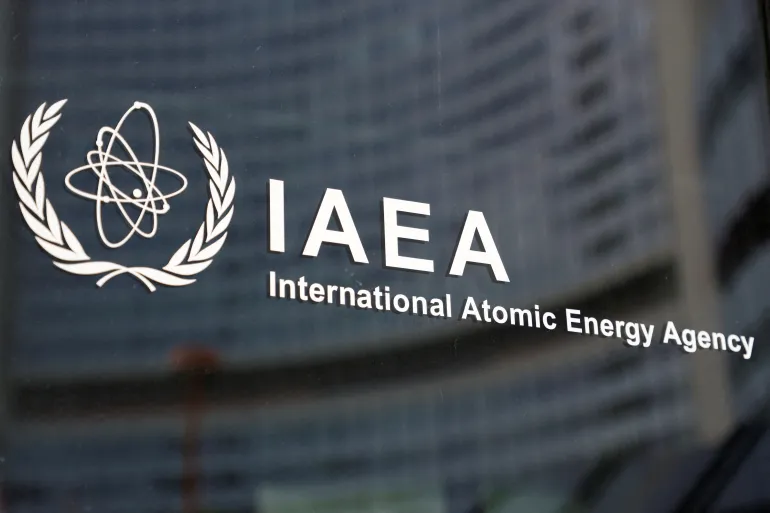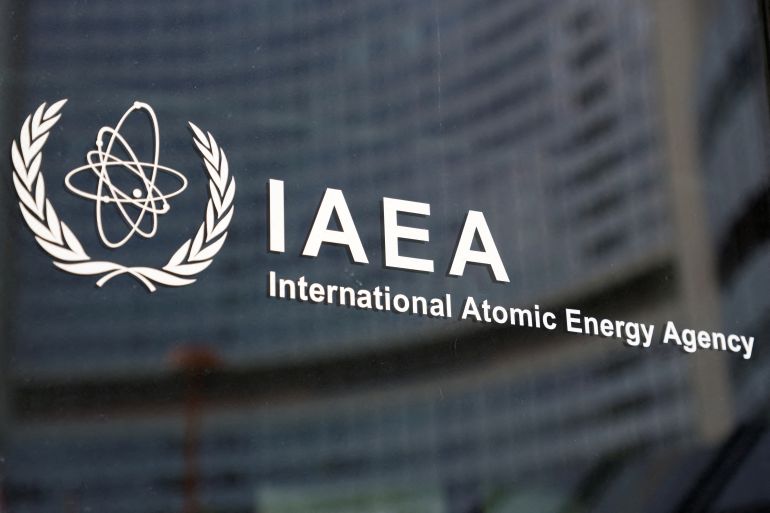
UN says tonnes of uranium missing from Libyan site: Reports
UN nuclear agency IAEA says missing uranium stockpile poses possible radiological risk and security concerns.

The United Nations’s International Atomic Energy Agency (IAEA) has said approximately 2.3 tonnes of natural uranium had gone missing from a site in Libya not under government control, news agencies have reported.
IAEA chief Rafael Grossi told the organisation’s member states this week that inspectors reported that 10 drums containing uranium ore concentrate had gone missing and “were not present as previously declared” at the location in Libya.
The IAEA will conduct further activities “to clarify the circumstances of the removal of the nuclear material and its current location”, the organisation said in a statement on Wednesday without providing further details on the site, according to news agencies Reuters and Agence France-Presse.
“The loss of knowledge about the present location of nuclear material may present a radiological risk as well as nuclear security concerns,” the IAEA said, adding that reaching the site required “complex logistics”.
Libya in 2003, under leader Muammar Gaddafi, renounced its nuclear, chemical and biological weapons programme after secret discussions with the United States and United Kingdom. Gaddafi’s regime had obtained centrifuges that could enrich uranium as well as design information for a nuclear bomb, though the country made little progress towards creating a nuclear weapon.
Since a NATO-backed uprising and Gaddafi’s fall in 2011, the country has been beset by political crises and competing militias forming opposing alliances backed by foreign powers. Political control in the country remains split between a nominally interim government in the capital Tripoli in the west and another in the east backed by military strongman Khalifa Haftar.
The last major armed confrontations only ended in 2020 and sporadic fighting continues.







